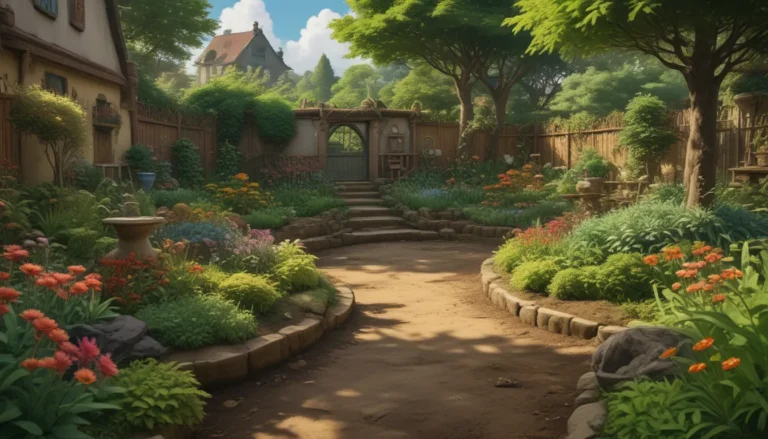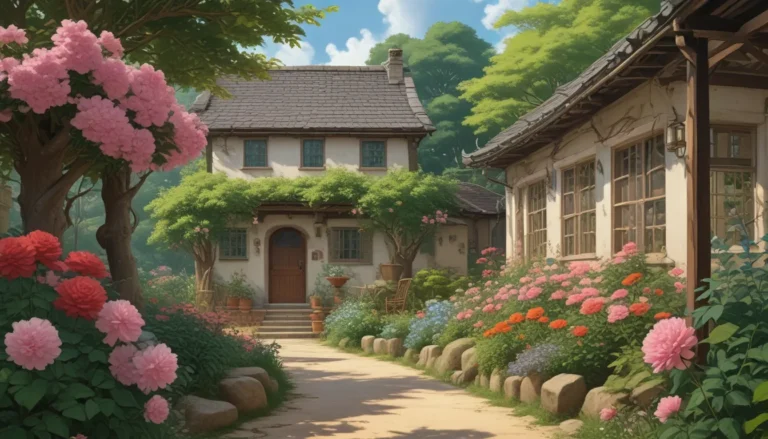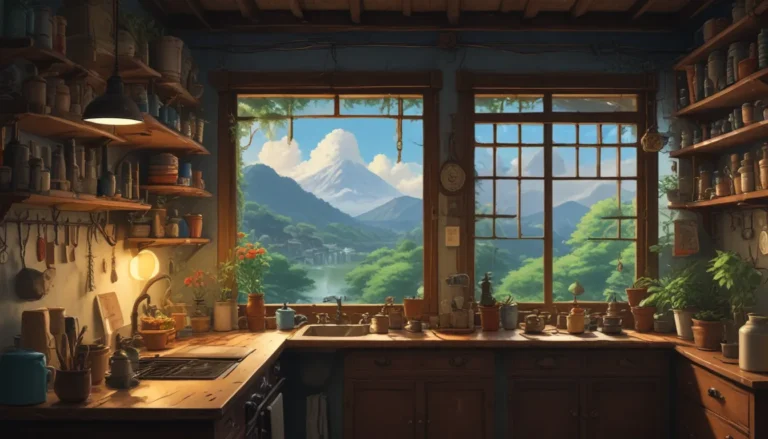Why Do Garlic Leaves Fall Over and How to Fix It

Garlic is a staple in many gardens and kitchens, but sometimes, its leaves can unexpectedly start to wilt and fall over. This can be alarming, especially when you’re eagerly waiting for harvest time. In this in-depth guide, we will explore the seven reasons why garlic leaves fall over and provide tips on how to fix the issue.
Common Causes of Collapsing Foliage
Here are the seven common reasons why your garlic leaves might be falling over:
- Bad Weather
- Disease
- It’s Time to Harvest
- Lack of Nutrients
- Not Enough Light
- Pests
- Watering Issues
Let’s dive deeper into each of these causes and how you can address them to ensure your garlic plants thrive.
1. Bad Weather
Inclement weather such as heavy rain, wind, or hail can cause garlic leaves to fall over. If you’ve recently experienced severe weather, your plants may simply need time to recover on their own. However, if the bulbs have been shifted in the ground, it’s best to inspect for damage and consider pulling up the bulbs if necessary.
2. Disease
Several diseases such as basal rot, botrytis rot, downy mildew, and white rot can cause garlic leaves to turn yellow or brown and eventually collapse. Identifying the specific disease affecting your plants is crucial to implementing the right treatment plan.
3. It’s Time to Harvest
Garlic plants can take up to nine months to mature, so it’s essential to monitor the growth progress and harvest at the right time. If the leaves are yellowing, browning, and falling over, it could be a sign that the bulbs are ready for harvest.
4. Lack of Nutrients
Nutrient deficiencies can contribute to weak garlic plants with collapsing foliage. Ensure your soil is adequately nourished by adding compost or a balanced fertilizer in the early spring to support healthy growth.
5. Not Enough Light
Garlic plants thrive in full sun, so inadequate light exposure can lead to pale, weak leaves that eventually fall over. If your plants aren’t receiving enough sunlight, consider relocating them to a sunnier spot for optimal growth.
6. Pests
Nematodes and onion maggots are common pests that can cause garlic leaves to fall over. Implementing preventative measures such as using disease-free seed cloves and practicing good garden hygiene can help protect your plants from pest infestations.
7. Watering Issues
Both overwatering and underwatering can cause garlic leaves to collapse. Monitor soil moisture levels and adjust your watering schedule accordingly to ensure your plants receive the right amount of water for healthy growth.
Care Tips for Healthy Garlic Plants
- Properly timed harvesting can prevent premature leaf collapse.
- Regularly check soil moisture levels to avoid over- or underwatering.
- Monitor plant health for signs of disease and pests.
- Ensure adequate nutrient levels in the soil to support plant growth.
By addressing these common causes and following our care tips, you can help your garlic plants thrive and prevent leaf collapse. Remember, garlic cultivation requires patience and attentive care, but the rewards of a bountiful harvest are well worth the effort.
If you’re looking to expand your garlic garden knowledge, consider exploring topics such as growing garlic in warm climates, propagating garlic from bulbils, or growing garlic in containers for a more versatile approach to cultivation.
Don’t let garlic leaves falling over discourage you – with the right care and attention, your plants can stand tall and healthy in your garden.
We hope this guide has been helpful in troubleshooting your garlic leaf issues. Feel free to share your experiences or ask any questions in the comments – we’re here to help!





